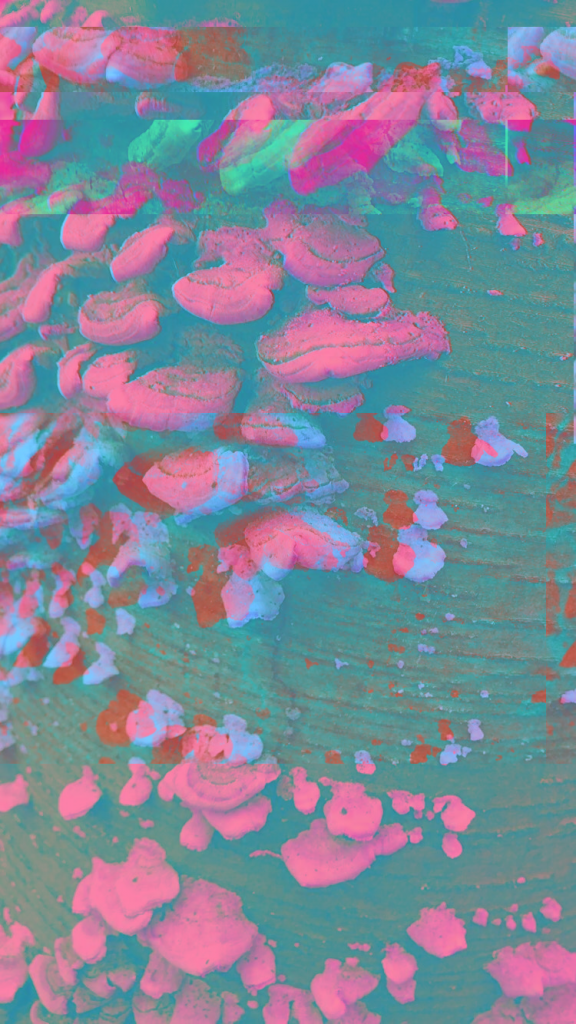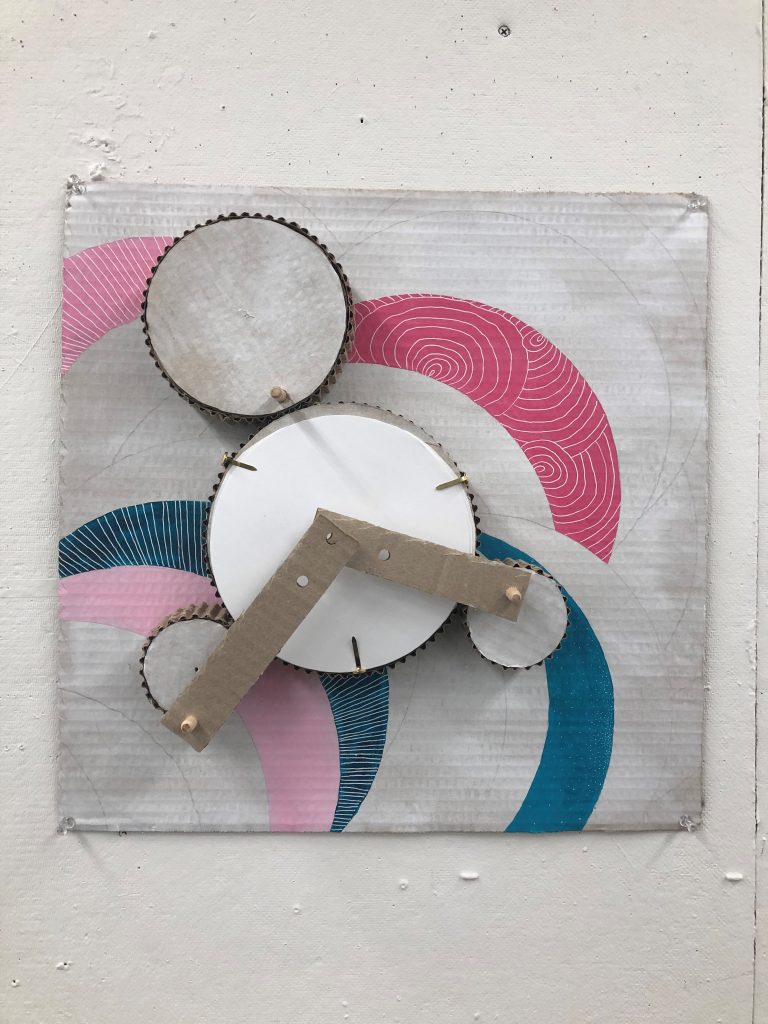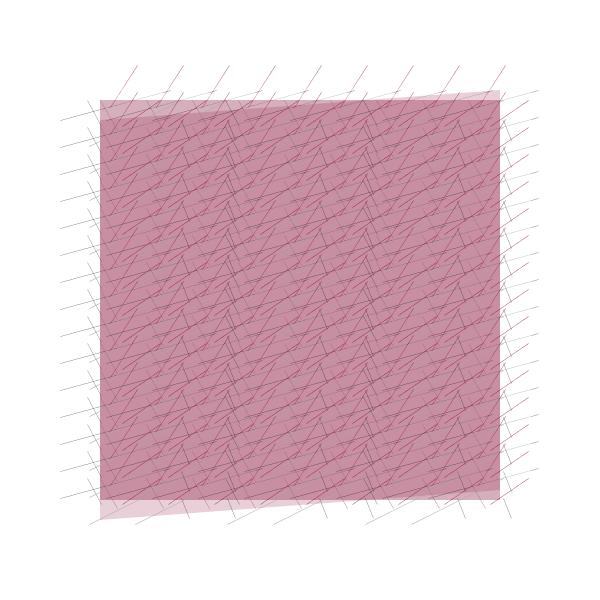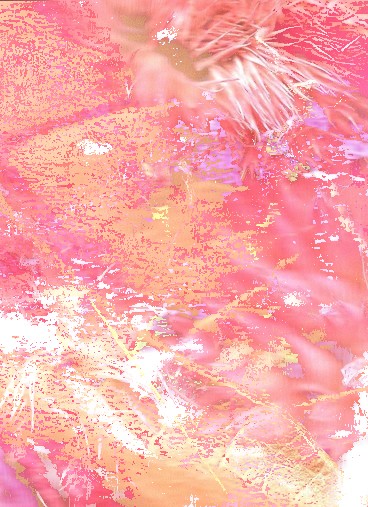
During my academic career, never did I think I would be engaging in group assignments with machines but doing so has been a joyous exercise in the medium of the unexpected. It is most often difficult to anticipate what contributions the machine will make to the final result, but it has been so fun to explore collaboration with machines and tinker with our early experiments.
I do agree that there is an “art of machines” because the machine is able to produce effects that are either outside of the range of possibilities of art of humans or that would take considerably longer for human-made art to achieve. The art of machines includes the contributions made by the machine as well as the interactions between human and machine and how the human responds to the work of the machine.
My personal engagement with machines so far has been very whimsical. I find it really enjoyable to explore what is possible when collaborating with the machine and that it is just as fun to learn techniques that don’t work as well as ones that do. It is nice to give up total control of and responsibility for the final product of each experiment, and, particularly with the built mechanisms, it is rewarding to see what the machine has decided to contribute to the work.


Beginning with glitch art, I was unable to convince my personal laptop to alter any images without breaking them because of its refusal to convert image files to text and back again, but luckily I was able to tamper with some trees using the computers in the print lab. While it was fun to gradually change the data for each image and observe the results, I think I enjoyed seeing the wilder changes that were achievable using the web tools to glitch images. While the web tools offered more control than the file conversion technique, I tried to give up some of this control by applying options that would change the image drastically with each frame refresh and only taking screenshots this way. That way it was less easy for me to choose the ultimate outcome and gave the machine some more control over what would happen.



The scannography experiments were probably the most rewarding for me. There were so many factors to mess with when creating the image, and it was a nice balance between the physical and digital realms. I tried covering the flatbed with different materials, turning the scanner on its side, arranging things in a general composition and pushing an object through to disrupt it, and many other techniques. Some techniques were definitely more successful than others in creating images that were visually interesting or meaningful. I ultimately ended up dumping the entire contents of my purse onto the scanner, setting the image quality to a high setting, and rummaging through the clutter as the scan was taking place. This allowed me to review the images after the machine was done with them and zoom in on certain areas where the textures and glitches created something interesting to look at.


The collaborative process of the physical mechanisms felt a bit different for me because my role was no longer to give a pre-built machine some materials and work with it to create something satisfying. Now I had to create the machine itself and change things about the machine in order to indirectly contribute to its creations. Creating the machine was very structureless for me, and I didn’t do much research beyond looking at a few pictures of cycloids to understand the basic components. My process involved a lot of building, learning where the mistakes were, taking apart, rebuilding, and repeating the process. The end result is certainly not a perfect machine and the lines it creates are very shaky, but I don’t think that’s necessarily a bad thing! I also enjoyed how the marker bled through the papers from the early experiments to the later ones because it displays the influence of time and learning on the results of the machine. Working with the mechanism absolutely took the most time, required the most trial and error problem solving, and created a different collaborative relationship than the machines we’d used previously.


